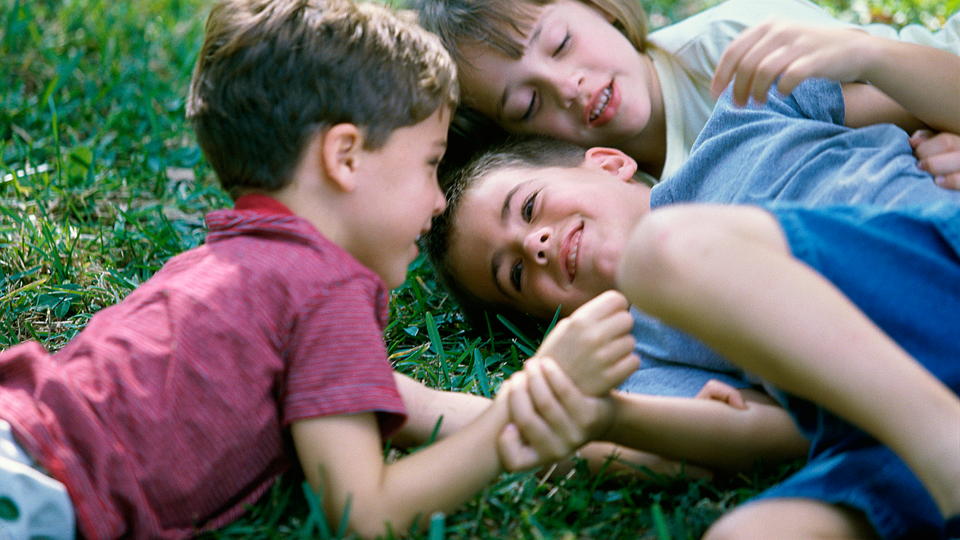Attitude adjustment

Here are 5 tricks to get kids to see things from the other side.
Toddlers and preschoolers view the world through their own experiences and often have a hard time recognizing another person’s perspective. Focusing on their own wants and needs above those of other people can make them less likely to share and more likely to experience conflict. On the other hand, children who are good at perspective taking are usually less likely to tease, blame or bully others.
Given the importance of perspective taking in facilitating positive human interactions, it’s surprising that it doesn’t have a more prominent place in preschool curriculum. When children can reflect on how someone else’s thinking may differ from their own, they are better equipped to assess the intentions and expectations of other people. As a result, they can better handle conflict and even adjust more successfully to school. Just as toddlers and preschoolers must learn independence skills—dressing themselves, feeding themselves, potty training—we must teach children how to be with others. They need to be reminded of how other people feel and how their own words and actions affect others.
Building a trusting parent-child relationship plays a key role in promoting perspective taking skills in children. You can help children feel known and understood by getting down to their eye level when you have something to share. Instead of getting angry when your child loses his or her cool, say, “You must be very upset about something.”
When you provide opportunities to talk about feelings, and also share that you "know how that feels,” you create a safe space for exercising perspective-taking muscles. When children disagree, urge them to consider what the other person may be thinking. Encourage them to think about the effect their words or behavior can have on other people.
Thankfully, it’s easy and fun to practice perspective taking through something children love to do: play pretend.
- Play “mommy” and “daddy.” Provide your child with items of clothing or objects they associate with Mom or Dad and encourage them to act out a common family scenario (going to the park, having dinner) and role play what mommy might say or what daddy might do in these situations.
- Reenact a fun experience. Encourage your child to act out a recent experience they enjoyed (going out for pizza, seeing a movie), taking on the roles of individuals they encountered along the way (restaurant hostess, table server, ticket taker, popcorn vendor). Prompt your child to consider what these individuals may enjoy or find challenging about their jobs.
- Act out a favorite story. Help your child tune in to the perspective of a beloved character (or even the story’s villain) by reenacting a compelling scene from a favorite storybook. Help your child to use language and dialogue that mirrors that of the character in the book.
- Explore the real world. Provide props and simple dress-up items that inspire your child to play the role of a teacher or doctor going about his or her work. You can be a part of the fun by taking on the role of a student or patient and providing your child with opportunities to respond to different scenarios.
- Put on a show! Encourage your child to explore your costume box and come up with a simple show to entertain younger siblings or friends. Help your child consider what these littler ones are interested in and what they might find entertaining or funny. And the sweet sound of applause that follows a successful production is a terrific confidence-builder. What child doesn't benefit from that?











